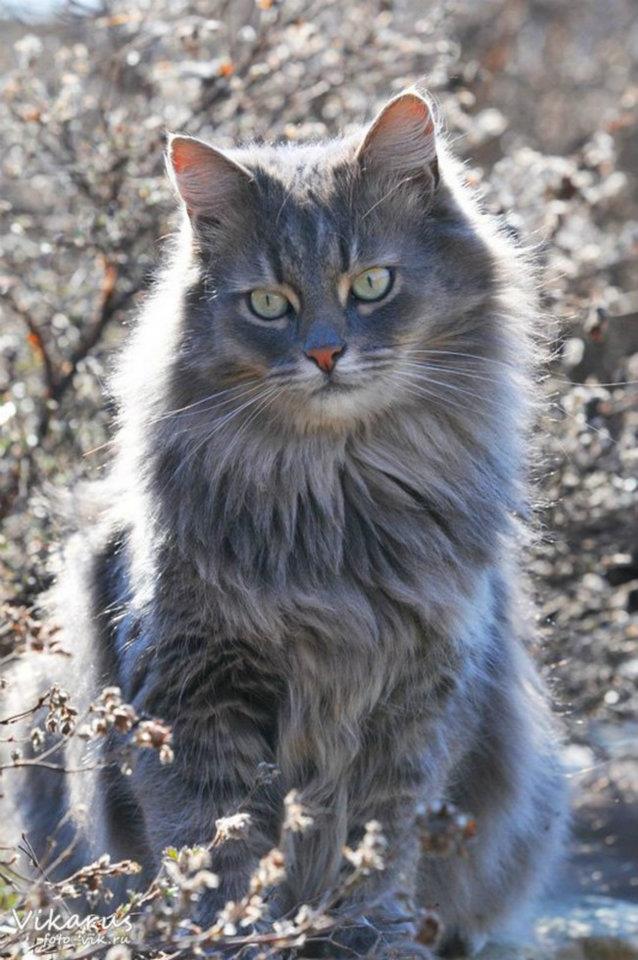

The non-agouti or "hypermelanistic" allele, a, does not initiate this shift in the pigmentation pathway and so homozygotes aa have pigment production throughout the entire growth cycle of the hair-along its full length. The wild-type A produces the agouti shift phenomenon, which causes hairs to be banded with black and an orangish/reddish brown, this revealing the underlying tabby pattern (which is determined by the T alleles at the separate tabby gene). The Agouti gene, with its dominant A allele and recessive a allele, controls the coding for agouti signaling protein (ASIP Q865F0). This is probably related to the phenomenon known as "tarnishing" in silvers.Īn Abyssinian kitten displaying the ticked tabby pattern These cats resemble shaded or tipped goldens, but are genetically shaded or tipped silvers.

It is different from the browning gene and has only been observed in laboratory cats. Barrington Brown is a recessive browning gene that dilutes black to mahogany, brown to light brown and chocolate to pale coffee.If the genes are D/D or D/d, the coat will be unaffected. If the cat has d/d genes, the coat is diluted. The d allele is a single-base deletion that truncates the protein. When a cat has two of the recessive d alleles (Maltese dilution), black fur becomes "blue" (appearing gray), chocolate fur becomes "lilac" (appearing light, almost grayish brown), cinnamon fur becomes fawn, and red fur becomes cream. The Dense pigment gene, D/d, codes for melanophilin ( MLPH A0SJ36), a protein involved in the transportation and deposition of pigment into a growing hair. It has been narrowed down to a 3.5 Mb stretch on the X chromosome in 2009. The precise identity of the gene at the Orange locus is unknown. "Solid" red show cats are usually low contrast ticked tabbies. Orange is epistatic to nonagouti, so all red cats are tabbies. Unidentified "rufousing polygenes" are theorized to be the reason for this variance. Red show cats have a deep orange color, but it can also present as a yellow or light ginger color. Other names include yellow, ginger, and marmalade. The pelt color commonly referred to as "orange" is known as red by breeders. In one study, less than a third of male calicos had a simple XXY Klinefelter's karyotype, slightly more than a third were complicated XXY mosaics, and about a third had no XXY component at all. One in three thousand tortoiseshell cats are male, making the combination possible but rare- however, due to the nature of their genetics, male tortoiseshells often exhibit chromosomal abnormalities.

OO results in orange fur, oo results in fur without any orange (black, brown, etc.), and Oo results in a tortoiseshell cat, in which some parts of the fur are orange and others areas non-orange. Since females have two X chromosomes, they have two alleles of this gene. Males can typically only be orange or non-orange due to only having one X chromosome. The orange allele is O, and is codominant with non-orange, o.

This gene is located on the X chromosome. In cats with orange fur, phaeomelanin (red pigment) completely replaces eumelanin (black or brown pigment). The sex-linked Orange locus, O/o, determines whether a cat will produce eumelanin. A female domestic shorthair tortoiseshell cat


 0 kommentar(er)
0 kommentar(er)
